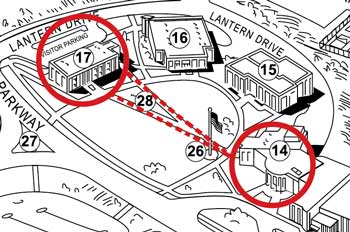When explaining complex topics, thought leaders make a clear distinction between two key terms: ”knowledge of” and ”knowledge how.”
Let’s say, for example, that you want to shape your industry to be more agile and responsive to changing demands of the economy. You shouldn’t only show colleagues what that future will look like so that they have ”knowledge of” that vision. It’s important also to show them the way to reach that goal — to give them ”knowledge how” to get there.
 Similarly, if you want to change the culture of your organization, it’s important not only to give them ”knowledge of” what the changes look like and the advantages the new culture will bring. You must impart to them ”knowledge how.” Articulate clearly the steps each employee — no matter where in the organization they sit — will need to take to move toward the defined future.
Similarly, if you want to change the culture of your organization, it’s important not only to give them ”knowledge of” what the changes look like and the advantages the new culture will bring. You must impart to them ”knowledge how.” Articulate clearly the steps each employee — no matter where in the organization they sit — will need to take to move toward the defined future.
Cultural change is a journey, not a destination. Employees need ”knowledge of” the destination and ”knowledge how” to navigate the path ahead.
Do you need help defining and articulating the roadmap to change internally or externally? Ask, assess, then act. We’re here to help!




 A recent article
A recent article



